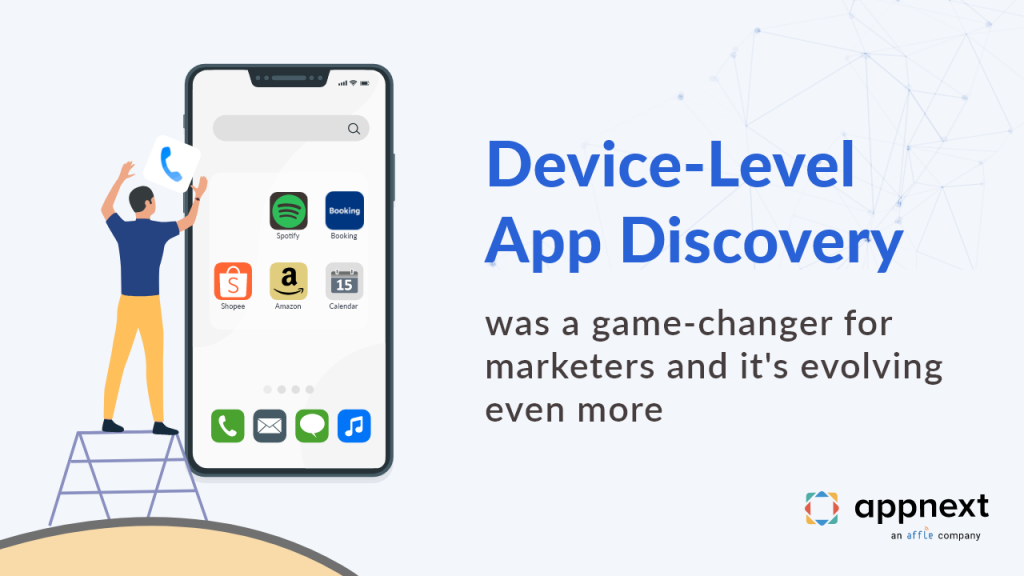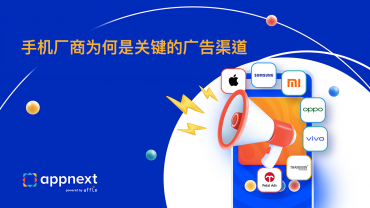
App discovery has always been a tricky challenge for marketers. With millions of apps now vying for attention across app stores, the competition has never been greater and the choices for users have never been more diverse. While app store optimization, in-app and user acquisition campaigns are still important to get right, the development that has benefited marketers in the most far-reaching way is device-level discovery.
To summarize the impact of on-device discovery it is helpful to consider a salient statistic. Android devices have dominated the smartphone market for years now. Between 2020 and 2021, they accounted for more than 70% of the total market share and, according to recent forecasts, will continue to monopolize the market. It is for this reason that the OEM app discovery model – set-up wizards, dynamic preloads, and seamless daily app discovery – will continue to shape the app ecosystem in the future.
The move from entirely in-app and store driven discovery to on-device has transformed the way users interact with their smartphones. The demand now is for a mobile experience that is expressly tailored to individual needs and the expectation is for hyper-personalization with every engagement. This type of customized user interaction is only possible through real-time analysis of customer data and preferences. Users do not want to navigate app stores looking for precisely what they need. App store searches are time-consuming and users will often have to download multiple different apps before they find exactly what they need. For example, imagine downloading a health and fitness app. According to mobile data and analytics provider App Annie, there were more than 70,000 health and fitness apps launched in 2020 alone. While this may offer consumers choice, it also makes it harder to find that elusive perfect app. On-device recommendations save users time and energy by recommending the app for them. Importantly, the resulting success in driving user engagement is clear: Data shows users interact with Appnext’s device-level recommendations more than 20 times a day because the algorithm is so successful at predicting the relevant apps to recommend. This is why Appnext knows what users want: it is already delivering this. The value for developers to have the opportunity to get their app before hyper-intent users is incalculable – its returns simply cannot be matched by any conventional UA campaign. On-device is essentially more personal, incomparably intuitive and benefits from minimal fraud.
Of course, device-level recommendations do not work in isolation. It is through being powered by Appnext’s AI-driven ‘Timeline’ technology that it was made possible. Briefly, the proprietary tech leverages key pieces of user to data to identify user intent and serve recommendations accordingly. When ‘Timeline’ tech was launched five years ago, it took a sledgehammer to the industry status quo. Essentially, marketers were given a new, invaluable tool: real-time user context. As machine learning technologies continue to improve, combined with wider adoption of 5G, the personalized user experience will become even better – more tailored, more individual, faster and, ultimately, indispensable.
Appnext’s solutions for the first interaction with a user (Out of the Box Experience OOBE) has further streamlined device-level discovery. Most individuals in the industry are aware that reaching users at all stages throughout the mobile lifecycle is important. However, it was increasingly apparent that a newly purchased device presents an unparalleled opportunity to connect with users and populate their device during the setup and personalization process . Figures show that nearly half of all downloaded apps are installed onto a smartphone on the very day it is unwrapped. Therefore, this initial window of time is one of the most profitable. The benefits for manufacturers and carriers are obvious: a seamless onboarding experience that successfully navigates a user’s first experience with their device. For advertisers it has been a game-changer: it has provided them with an opportunity to place their apps and services before new and existing highly-intent users as they personalize a new device with the flexibility to select the apps and services users would like to have. The apps they install at this stage are likely those they will continue to use on their future mobile journey.
Device-level discovery has created a symbiosis between the device and the user by adding a layer of intuitiveness and personalization that consumers crave. In essence, it has transformed the app economy and will continue to do so.


Comments are closed.